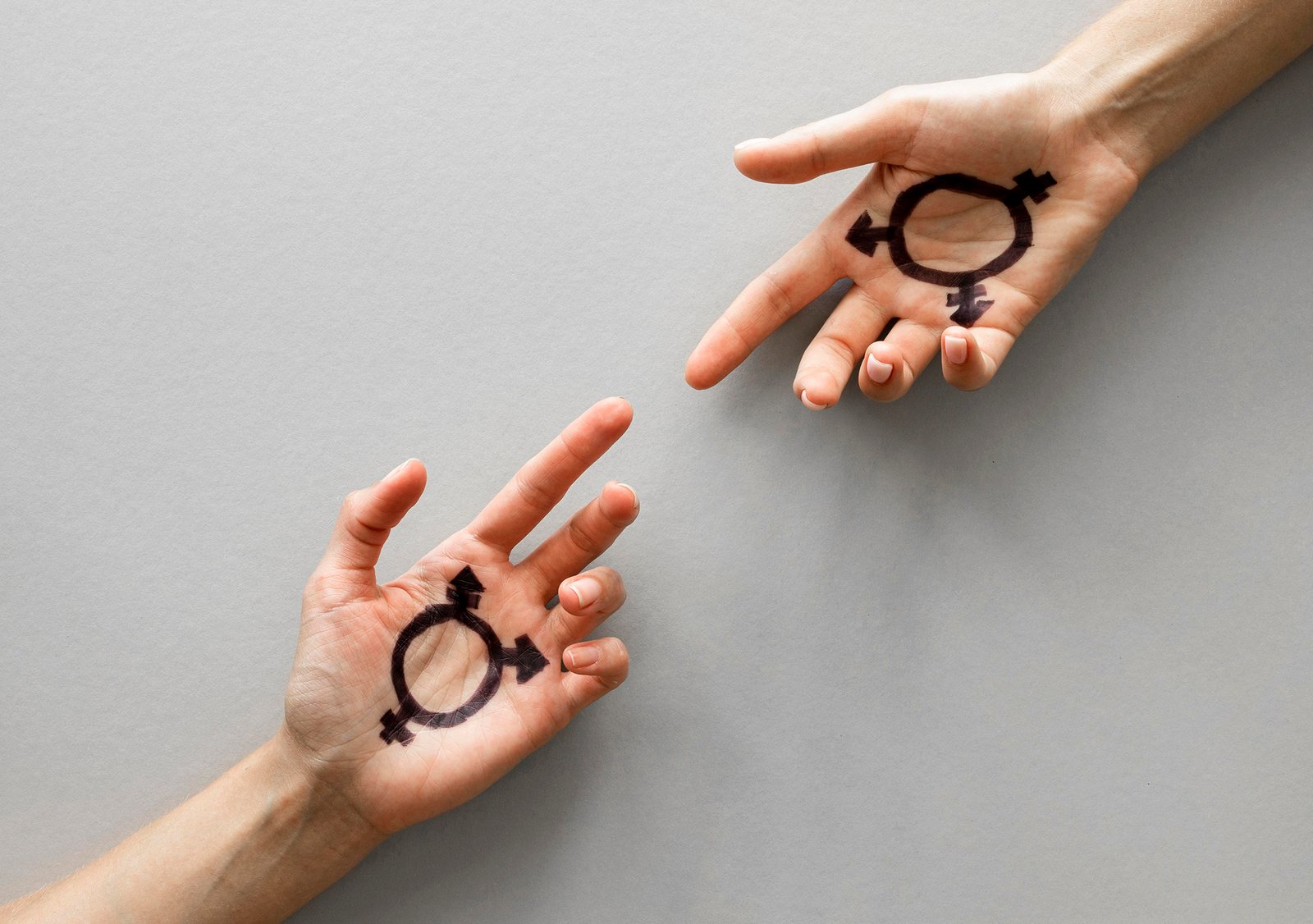What is Gender Identity Disorder?
Gender Identity Disorder, now more commonly referred to as Gender Dysphoria, describes the discomfort or distress that some individuals feel due to a mismatch between their assigned physical sex at birth and their gender identity. This experience can deeply affect mental health, leading to feelings of anxiety, depression, and challenges in daily life.
Understanding Gender Identity and Gender Dysphoria
- Gender Identity is an individual’s self-concept regarding their own gender, which may be male, female, or beyond traditional binary identities. Some people, for instance, may not identify with a binary label and use terms like non-binary, agender, or gender non-conforming to describe their gender experience.
- Gender Dysphoria arises when someone’s gender identity is different from their assigned sex, causing significant discomfort. While not classified as a mental disorder, it may contribute to mental health challenges.
Signs and Symptoms of Gender Dysphoria
Gender dysphoria can manifest differently across ages:
- In Adolescents and Adults:
- A strong desire to be recognized as a different gender.
- Discomfort with their physical sex and a desire to change physical sex traits.
- In Children:
- A strong desire to be of another gender.
- Discomfort with their own body and a preference for attire, toys, or activities typically associated with another gender.
Causes of Gender Dysphoria
The exact causes of gender dysphoria remain unclear. However, it is believed to stem from a mix of biological, psychological, and social factors, potentially including:
- Genetic predispositions or hormonal influences.
- Neurodevelopmental factors related to gender identity.
- Autism spectrum disorder (ASD).
- Early experiences of trauma, such as child abuse.
Treatment for Gender Dysphoria
Gender dysphoria is manageable with various approaches aimed at affirming one’s gender identity and enhancing well-being:
- Therapy: Psychotherapy can help individuals explore their feelings, confirm their gender identity, and develop coping mechanisms. Therapy options include individual, couples, and group therapy, along with peer support groups.
- Gender Expression Changes: Some people may choose to live full-time or part-time in their identified gender role, which may involve:
- Using a different name and pronouns.
- Adjusting their appearance through clothing, makeup, or hair styling.
- Voice therapy, body modifications like hair removal, or breast binding/padding.
- Medical Approaches: Some individuals may seek medical support to align their bodies with their gender identity. Options include:
- Hormone therapy to develop physical traits (e.g., facial hair).
- Surgical interventions to modify physical characteristics.
- Self-Care and Coping: Managing gender dysphoria involves comprehensive self-care, including:
- Maintaining a healthy diet, regular exercise, and sufficient sleep.
- Practicing stress-management techniques like meditation and yoga.
- Building supportive social connections with family, friends, or others with similar experiences.
Importance of Professional Support
Consulting with a mental health professional trained in gender issues can be helpful for those experiencing gender dysphoria, as it offers structured support to explore their identity and develop positive coping skills. Through therapy and, if desired, medical interventions, individuals can find ways to live comfortably and authentically aligned with their gender identity.
